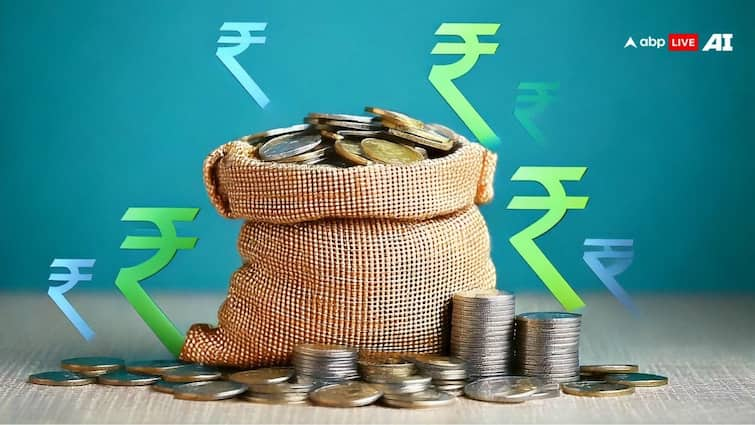Central government employees across India are awaiting one of the most significant developments in their financial lives – the implementation of the 8th Pay Commission. Expected around 2026, this exercise will reshape salaries, pensions, and allowances, with inflation playing a critical role in determining the final outcomes. Each previous pay commission has left a mark on employee earnings, with inflation levels at the time shaping the fitment factor, or multiplier, used to revise pay. Examining the past gives a clearer picture of what might lie ahead.
5th Pay Commission: A Simplified Structure, but Inflation Caught Up
The 5th Pay Commission came into effect in 1997, when average inflation hovered around 7 per cent. At the time, the minimum monthly salary was set at Rs 2,550. The commission aimed to streamline pay scales and incorporated dearness relief. However, over time, rising prices diminished the real value of these earnings, leaving employees exposed to inflationary pressures.
6th Pay Commission: Introducing Pay Bands and Grade Pay
In 2008, the 6th Pay Commission was rolled out against an inflation backdrop of 8-10 per cent. Minimum salaries were revised sharply to Rs 7,000 per month, marking an increase of Rs 4,450 from the previous commission’s floor. A key shift came with the introduction of pay bands and grade pay, which not only modernised salary structures but also led to significant jumps in pay across levels.
7th Pay Commission: Pay Matrix and Improved Pensions
The 7th Pay Commission was implemented in 2016, with average inflation running at 5-6 per cent. Minimum pay was fixed at Rs 18,000 per month, reflecting a rise of Rs 11,000 compared to the 6th Pay Commission. This commission introduced the concept of a pay matrix, a more transparent system for career progression. It also brought in improved pension calculations, with discussions extending to work-life balance concerns.
8th Pay Commission: What Lies Ahead?
The 8th Pay Commission is expected around 2026, with inflation projected at 6-7 per cent. Although official details are still awaited, Ambit Institutional Equities projects a 30-34 per cent salary increase. According to reports, the new framework will likely aim for a fairer distribution of pay across job categories while adjusting to economic realities such as inflation and growth. As per Mint, government priorities will include not just financial adequacy but also equity among different roles.
Salary Components of Government Employees
The pay structure of government staff is composed of several allowances in addition to basic pay. Basic salary forms the largest share at 51.5 per cent of total income. Dearness allowance accounts for 30.9 per cent, house rent allowance contributes 15.4 per cent, and transport allowance makes up about 2.2 per cent. Together, these elements reflect the government’s effort to balance cost-of-living adjustments with compensation.
As the countdown to 2026 gathers pace, anticipation around the 8th Pay Commission continues to grow. If historical patterns are a guide, inflation levels, fiscal health, and the government’s focus on fairness in pay distribution will shape the eventual recommendations. For millions of employees and pensioners, the reforms promise financial relief, but the true test will be whether the new pay structures can balance rising living costs with sustainable public finances. The commission’s outcomes will not only decide salaries but also set the tone for the broader economic wellbeing of government staff in the years to come.



